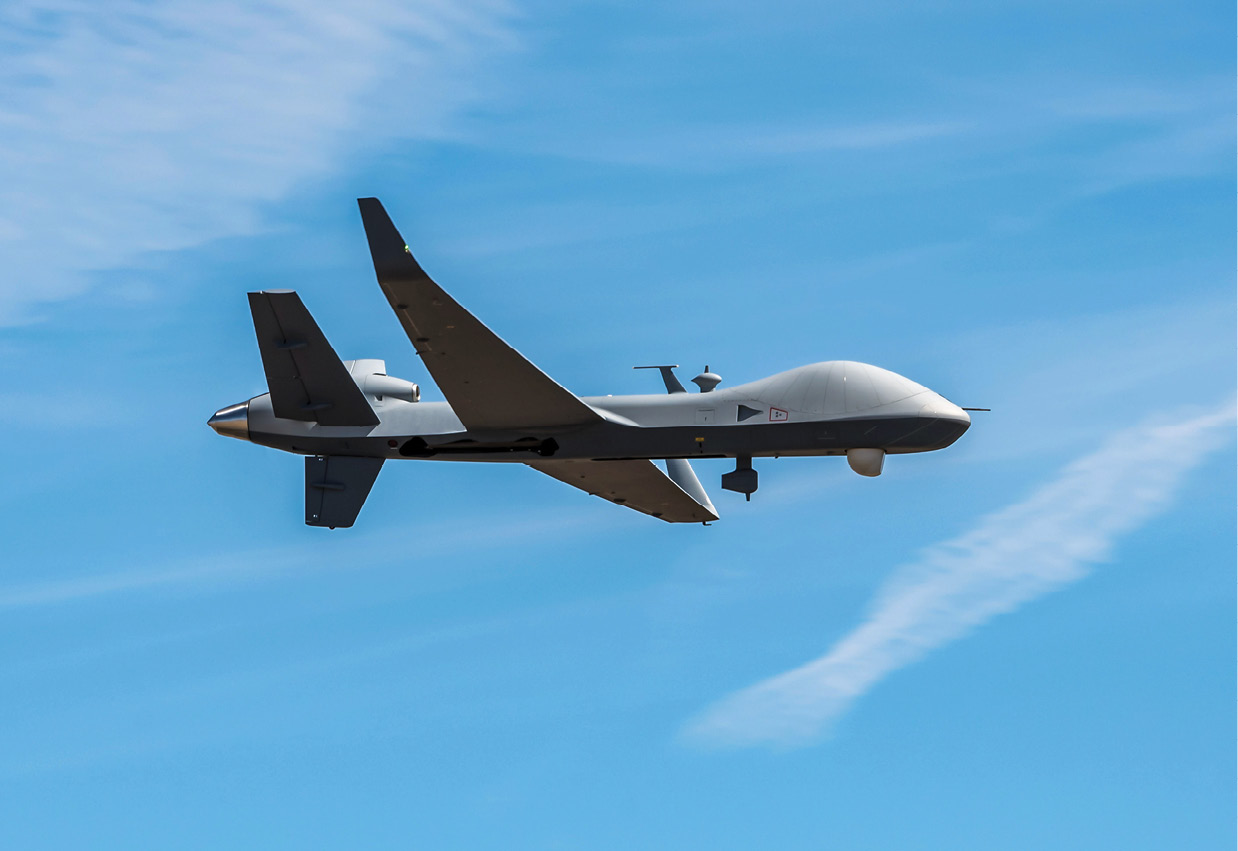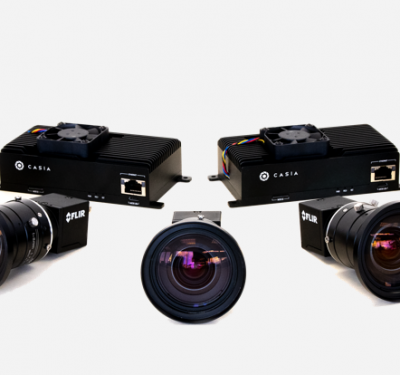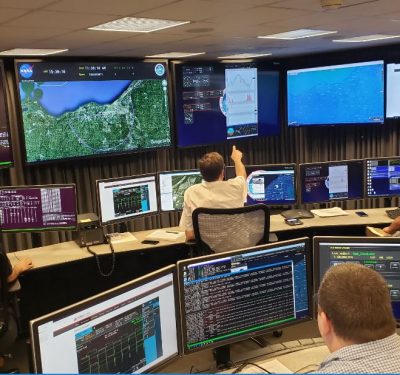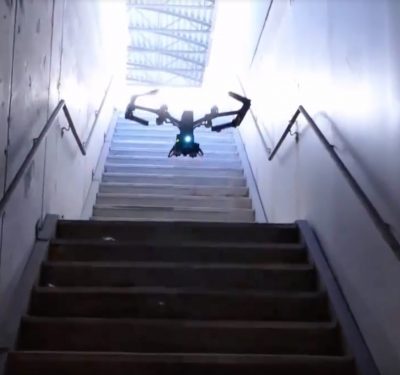
I’ve decided to embark on a series of “Lessons from the Drone Wars” to discuss what the U.S. Air Force has learned about drones in the 25+ years of experience I have with drones. This article will cover something I’ve beaten like a dead horse—the need to fly drones beyond line of sight (BLOS) of their remote aircrew. Why? Because, as the Air Force found out, you can’t do much with a drone you must see to fly.
My first experience with drones was in 1991 while attached to US VII Corps during DESERT STORM at Hafra Al Batin in Saudi Arabia, about 40 miles from Iraq. We were the only U.S. Army unit with the Israeli-made Pioneer drone. I knew the Pioneer from Israel’s Bekka Valley Campaign in Lebanon in 1982. Israel used Pioneers to spot Syrian missiles, destroying 29 of 30 missile sites in a two-hour battle. We were looking forward to great things from the Pioneer, but we forgot one detail…line of sight.
We forgot that Israel installed their drone links on high towers on 8,000 ft mountains, giving them an impressive 180-mile range into Lebanon. If there was a mountain near Hafra Al Batin, no one told me. As a result, we had to deploy the Pioneer a mile south of the Iraqi border and Iraqis overran the position on day one (fortunately, they wanted to surrender).
Lesson Learned: No BLOS, no range
My next drone war was the Kosovo Air War in 1999 where I commanded an RC-135 squadron. The Air Force had (sorta) learned from DESERT STORM and used MQ-1 Predators equipped with satellite communications (SATCOM) data links this time. The new links let us fly Predators based in Bosnia all over Serbia and I worked with them daily while flying over the Balkans. Even though SATCOM covered all of Europe, we still based all the remote pilots and intel analysts at the base the Predators flew from. That meant rotating hundreds of airmen in and out of Bosnia. If you got stuck with a bad pilot or slow intel analyst, too bad. You’d get a new one in six months.
Lesson Learned: BLOS means BLOS. You can base anywhere.
Then came 9/11 and Operation ENDURING FREEDOM. I was chief of intel for the Coalition Air Force and was (mostly) in charge of our faithful Predators from Kosovo. This time, we solved the BLOS basing problem by simply basing our SATCOM links in Europe (the links easily reached Afghanistan from geostationary satellites) and hooking up the links to our classified Internet. Voilà! We could put remote aircrew and intel folks anywhere on the planet. No more rotating hundreds of airmen into theater and back. No more putting up with that one bad pilot or analyst for six months. Everyone got to stay home and virtually commute 6,000 miles by stepping into a control van.
Lesson Learned: The Internet works. Use it.
Iraq, Libya, Japanese tsunamis, California wild fires, Somali pirates, Yemen, Afghanistan (again), Iraq (again) and Syria followed. (My apologies if I missed a war or two). This time, we changed our drone networks from point-to-point and made them truly distributed. We invented the Sentinel system to distribute drone intelligence feeds. The Air Force is now up to 25 Sentinel locations world-wide. We invented the Remote Split Operations network to distribute flight data. (Of course, the Captains at Creech AFB instantly named this network “Skynet”—yet another reminder to never leave Air Force fighter pilots unsupervised.) Skynet remote crews now fly drones based 6,000 miles away from 13 bases stateside. I had one 15-hour Predator sortie daily during ENDURING FREEDOM. The Air Force now flies 65 MQ-9 Reapers daily on 24 x 7 combat air patrols. I had maybe 300 intelligence analysts interpreting drone data for Afghanistan. There are more than 3,000 working regularly now.
Lesson Learned: BLOS makes you super flexible, and that’s super useful.
What should the commercial world learn from this lesson? BLOS is less about the drone and more about the network. Once you truly remote aircrew from their drones, the possibilities become endless and demand goes through the roof because you can connect any pilot to any drone anywhere and do the same with the data. Once the Air Force networked their BLOS drones they saw demand go through the roof. Mark my words: commercial drones will see the same explosive demand when we can fly BLOS.
As you can see, with great BLOS comes great drone possibilities. When you build a system where any remote pilot can fly any drone supported by unlimited analysts anywhere, the game changes. Of course, you must man all that demand, which leads us to next month’s article: Manning the Unmanned Air Force.






